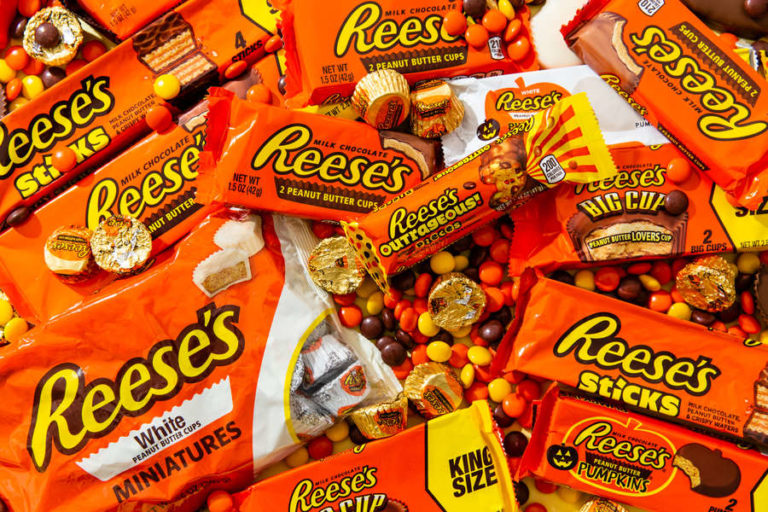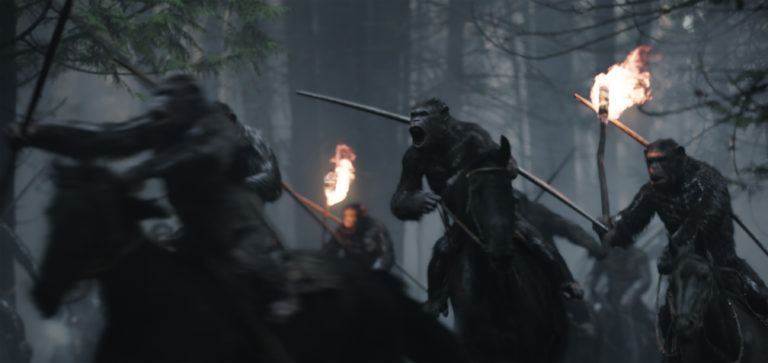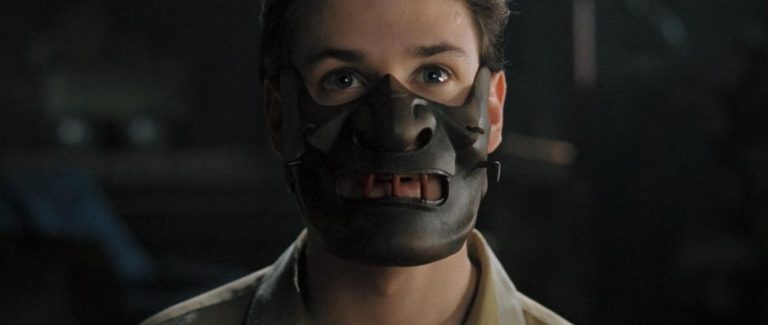Man, when I started this blog thirteen years ago, I never would have expected that I’d manage...
reviews
It’s been a really long time since I did a proper video game review (holy shit, 7...
It’s been a quiet year for IC2S, but I’ve been kind of needing the break. Since the...
Oh hey, it’s time for me to be a corporate whore and provide an update of my...
Welcome back to the 2000AD Humble Bundle round-up! I’ve finally gotten a chance to sink my teeth...
This review has been a long time coming. Like, to put it into perspective, I tend to start...
I like checking in on the Humble Bundle store every once in a while, sometimes there are...
Welcome back to the Jurassic Park retrospective! In today’s post we’re going to talk about the most...
Welcome back to the Planet of the Apes retrospective! In today’s post we’re going to be looking...
Welcome back to the Planet of the Apes retrospective! In today’s post we’re going to be looking...
Welcome back to the Resident Evil retrospective! …yes, you read that correctly. It’s been more than seven...
Welcome back to a very special bonus entry in the Hannibal Lecter retrospective! In today’s post we’re...
Welcome back to the Hannibal Lecter retrospective! In today’s entry we’re going to be looking back at...
Welcome back to the Hannibal Lecter retrospective! In today’s post we’ll be looking at 2002’s prequel/remake/cash-in, Red...













